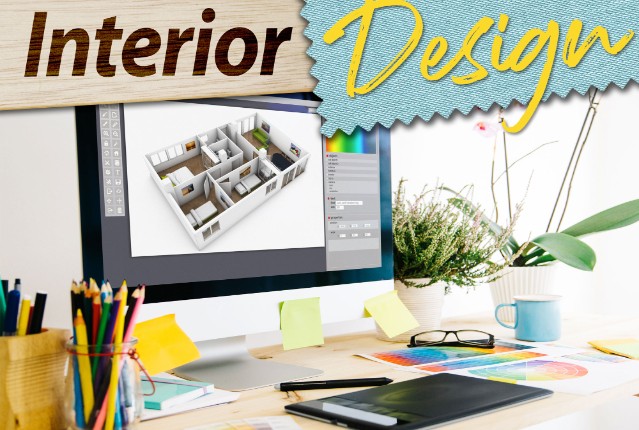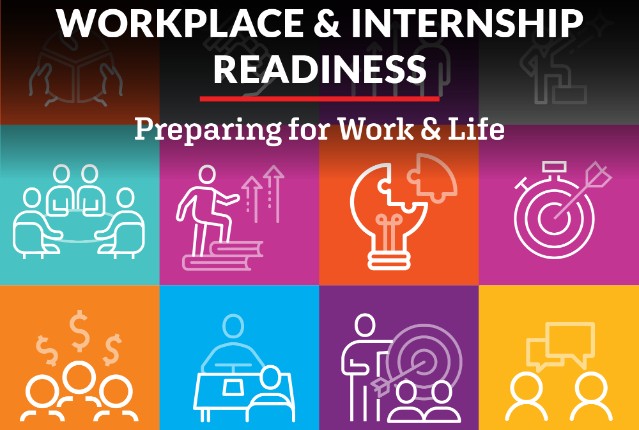You’ve studied the principles of design and can explain the hallmarks of style in detail, but what about actually applying these skills to the design of a room? In this unit, we’ll go through the process of designing a room for a client, from the initial consultation all the way to placing accessories on end tables. You’ll learn how to propose designs to clients, order furnishings, and read the fine print on return policies. And because making your clients happy is a big part of the job, you will also learn to work with others and synthesize all the information that your clients give you to produce an aesthetically pleasing design that meets their requirements.
What will you learn in this unit?
- Work cooperatively with a client to achieve group goals
- Take leadership over a design project and demonstrate organizational responsibilities
- Apply math, reading, and critical thinking skills as they relate to the design industry
- Describe the steps required to create a functional design, taking into account a variety of aspects including the client’s needs, effective use of space, placement of furnishings, and aesthetics





